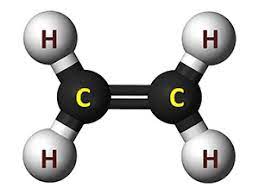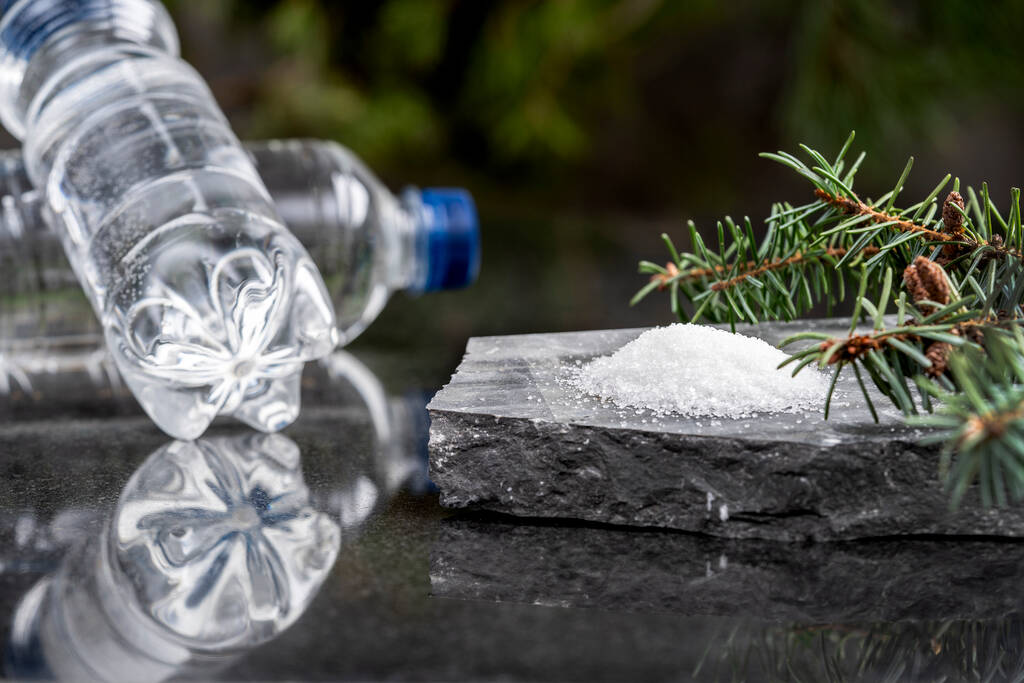Hello blog followers. I was unable to blog until now due to very tight schedules and deadlines after my two-week holiday in September. We published our October Bio-Materials report last Tuesday, and I just want to share some interesting news from LanzaTech that I included in the report. The company has been busy churning out announcements for the past 3-4 weeks, but one announcement stood out for me. According to LanzaTech, the company successfully engineered specialised biocatalysts to directly produce ethylene from CO2 in a continuous process.
NREL (National Research Energy Laboratory) has been working on photosynthetic organisms to stably produce ethylene from CO2, and given the history of LanzaTech and NREL’s partnerships, I am not sure if they are working on the same microorganism. LanzaTech has yet to mention any commercialisation timeline for this new biocatalyst. The company is currently producing ethanol via gas fermentation, and its partner, TechnipFMC, has the Hummingbird® technology to convert ethanol to ethylene.
There are other R&D in CO2-to-ethylene production, and one that caught my attention is the use of electrolysis that can 100% convert CO2 to ethylene. Researchers from the University of Illinois Chicago (UIC) announced last month that their process can convert up to 6 metric tons of CO2 into 1 metric ton of ethylene with other hydrocarbons and oxygen as by-products. In UIC’s approach, an electric current is passed through a cell, half of which is filled with captured CO2, the other half with a water-based solution. An electrified catalyst draws charged hydrogen atoms from the water molecules into the other half of the unit separated by a membrane, where they combine with charged carbon atoms from the carbon dioxide molecules to form ethylene. In traditional steam cracking (using fossil feedstock), about 1.5 metric tons of CO2 are created per ton of ethylene. The researchers also reported high solar energy conversion efficiency of 10% directly to carbon product output.
I’ve been seeing more and more developments in low-carbon intensity ethylene production (e.g. electric steam cracking from BASF/SABIC and Dow). Current ethanol producers can also convert their CO2 emission into ethylene – as what LanzaTech and Twelve are trying to develop through their partnership that was announced early this year. Also, check out our blog early this year about the production of ethylene to methane. We will, of course, monitor these and more on Tecnon OrbiChem’s Bio-Materials monthly report.
In the next two weeks, I will be preparing for my presentation at our Forestry Feedstock workshop at the Alternative Fuels and Chemicals Coalition (AFCC) conference. One company that will soon produce ethylene glycol from woody biomass is UPM so if you’re interested in learning more about the potential of woody biomass feedstock for fuel and chemicals, you should check out this workshop.
I will also moderate a bioplastics session with presenters from Avantium, Braskem, CJ Biomaterials, Danimer, Natureworks and Verde Bioresins. Looking forward to seeing you at the AFCC next month!






